— London’s Tate Modern currently has photographs from Joel Meyerowitz on display, who has done some superb street photography over his sixty-year career.
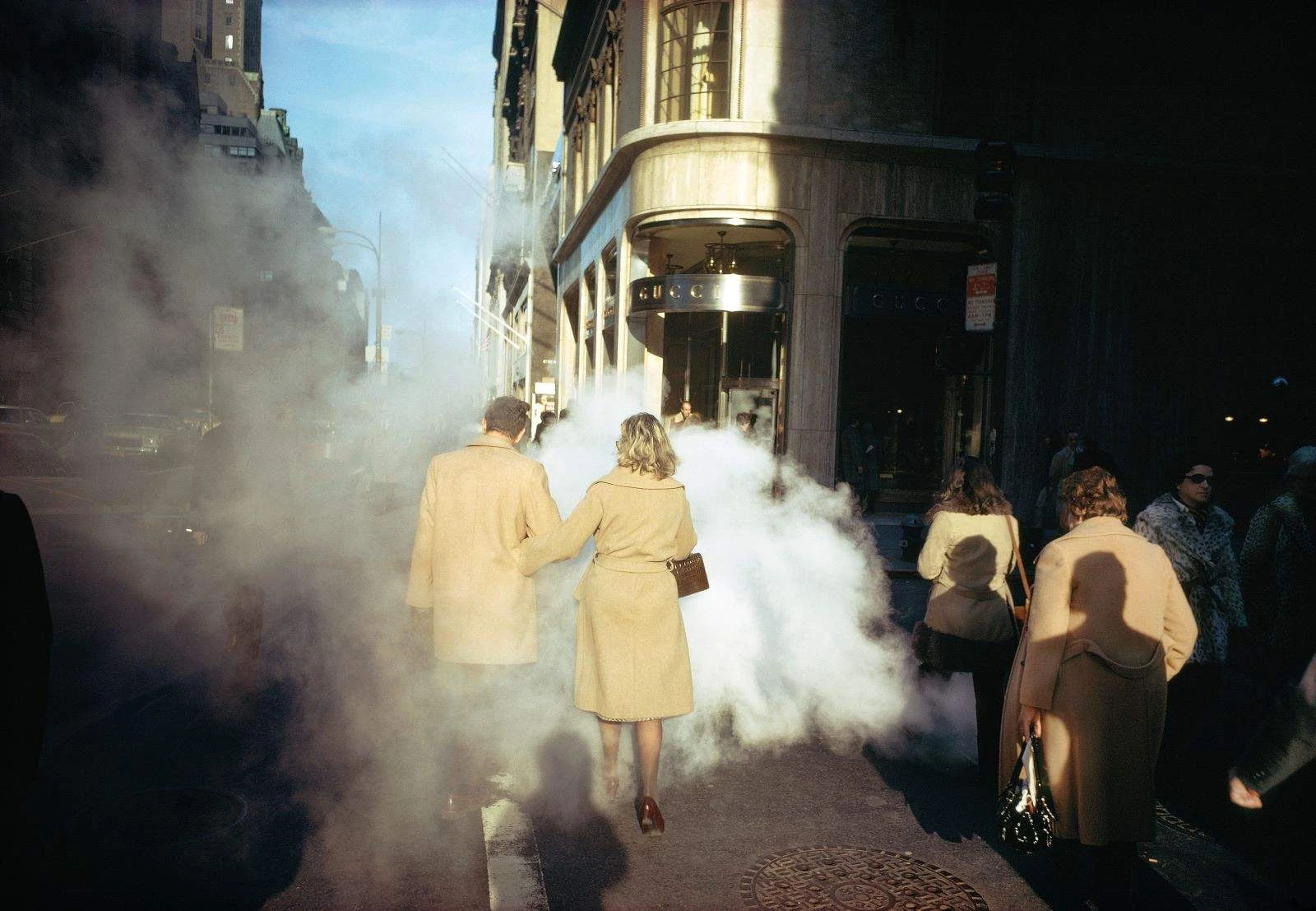
— London’s Tate Modern currently has photographs from Joel Meyerowitz on display, who has done some superb street photography over his sixty-year career.

— The six London Overground lines are getting new names and different colours. The new names “celebrate London’s wonderful and varied cultural heritage:”
Hordes of Tories must be fuming right now in their seven-bedroom detached Highgate homes about these new “woke” names.
— Life expectancy mapped by London tube stations. Unsurprisingly, the more affluent the area, the higher the life expectancy.
— The London Tube Memory Game is very addictive. I wasted the better part of a weekend but only remembered about 50% of all London transport stations.
— A New York steak house, which only existed as a Google listing, finally opened for one night. The story reminds me of a fake restaurant that managed to become the number 1 rated place on Trip Advisor in London and that served £1 microwaved food on the only night it was open. (via)
Try the food, then buy the book. A London book store specialising on cook books prepares a recipe from a cook book everyday for its customers. (via)
— Photos of the people working at Smithfield Market, an old meat market in central London. “Experiencing Smithfield at night is to uncover a secret parallel world that operates in the shadows while the rest of London sleeps.” I always wanted to go, shame the marked moves out of the city but it was somewhat inevitable. I hope the owners put the building to good use and that they don’t turn into another market selling trash to tourists or luxury condos.
— An exhibition showcasing the evolution of skateboard design is coming to London’s Design Museum in October.
This exhibition will map the design evolution of the skateboard from the 1950s to today. It will showcase innovative skateboards and components, alongside skate photography and video, complete with original soundtracks. It will track how skateboarders have taken over sidewalks, swimming pools and skate parks designing new boards to suit their performance, style and surroundings.
It’s when I discover events like this that I miss living in London the most.
— The evolution of London’s iconic Tube map in words: You know what this map needs? It won’t be intrusive, it’ll be useful.
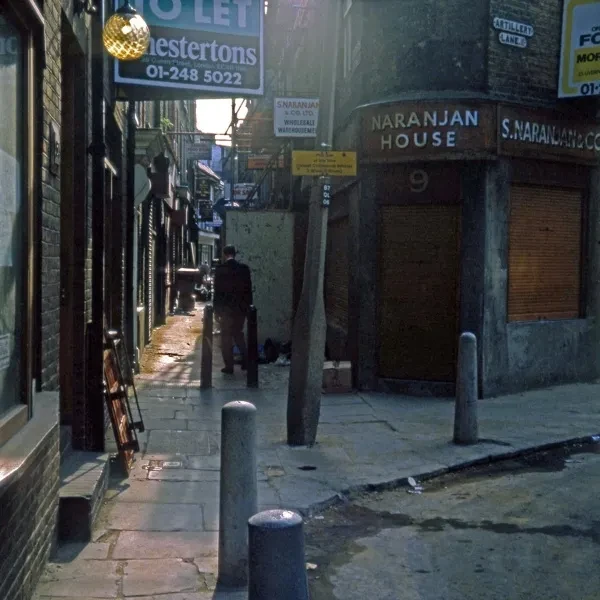
Spitalfields In Kodachrome is a collection of photographs of the East-London Neighbourhood from a different time. The photos are forty years old, showing how much the area has changed: Working class then, today hotspot for Lonely-Planet tourists and Saturday destination for drunk Essex lads. Naranjan House in the picture above is now an Ottolenghi restaurant.
— Ben Yakas, writing for the Gothamist, explores the history of the colour scheme in New York’s subway map. It explains why the map doesn’t always use unique colours to designate lines in the Subway network. Granted, New York’s Subway system has more individual lines than London’s Tube network, but I find London’s map easier to use. Unique colours mean I can trace a line on the map to see where it’s going, and wayfinding inside stations is easier, too; I can follow the right colour to find my platform. (via The Map Room)
— An interactive map by the Violence Research Centre at the University of Cambridge shows murder locations in medieval London. Some of the descriptions are hilarious:
Others could be modern-day headlines:
— 23 things to do in SE23, my old stomping ground. I’m happy to see Ferfect Fried Chicken included in the list:
You can’t call yourself Perfect Fried Chicken and not expect to be sued, as this takeaway on London Road discovered to its cost, so they changed their first letter to create something totally meaningless and have carried on trading as FFC ever since.
One of South London’s many chicken shops that somehow survive despite an apparent lack of customers. This one developed a cult following in the area. Some Zomato reviews suggest Ferfect Fried Chicken serves the best pigeon in town, and someone sells limited-edition prints of drawings of their shopfront.
— Samuel Pepys, a civil servant who lived in London in the 1600s, wrote a diary for ten years, which is now considered one of London’s main records of life at the time. Pepys’s diary covers monumental events like the Great Plague or the Great Fire of 1666.
In 2002, Phil Gyford started publishing the diary in blog format, one post every day, and repeated the reading from 2012. The third reading starts later today. Each post is extensively annotated with contextual information and is well worth a read.
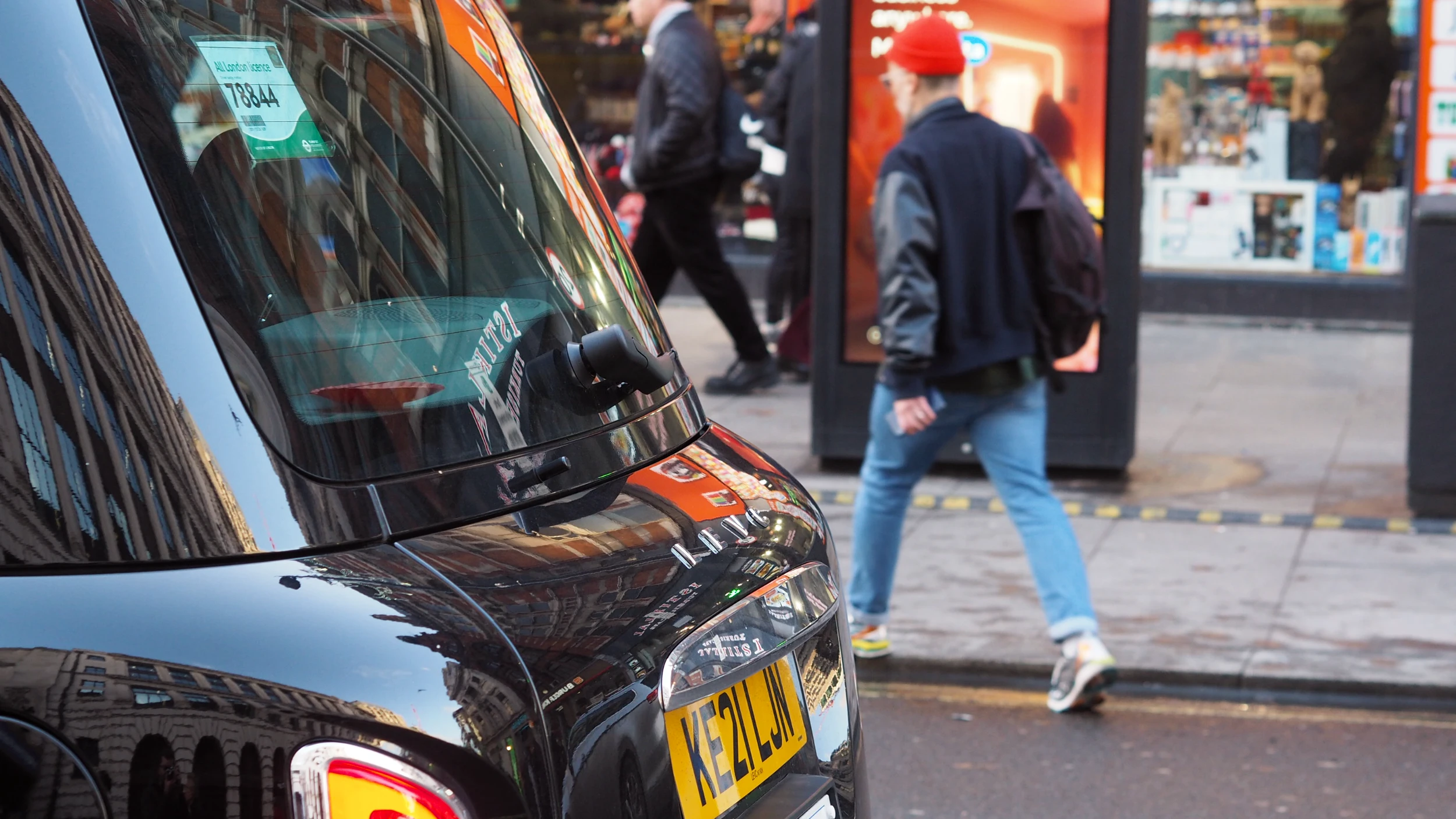


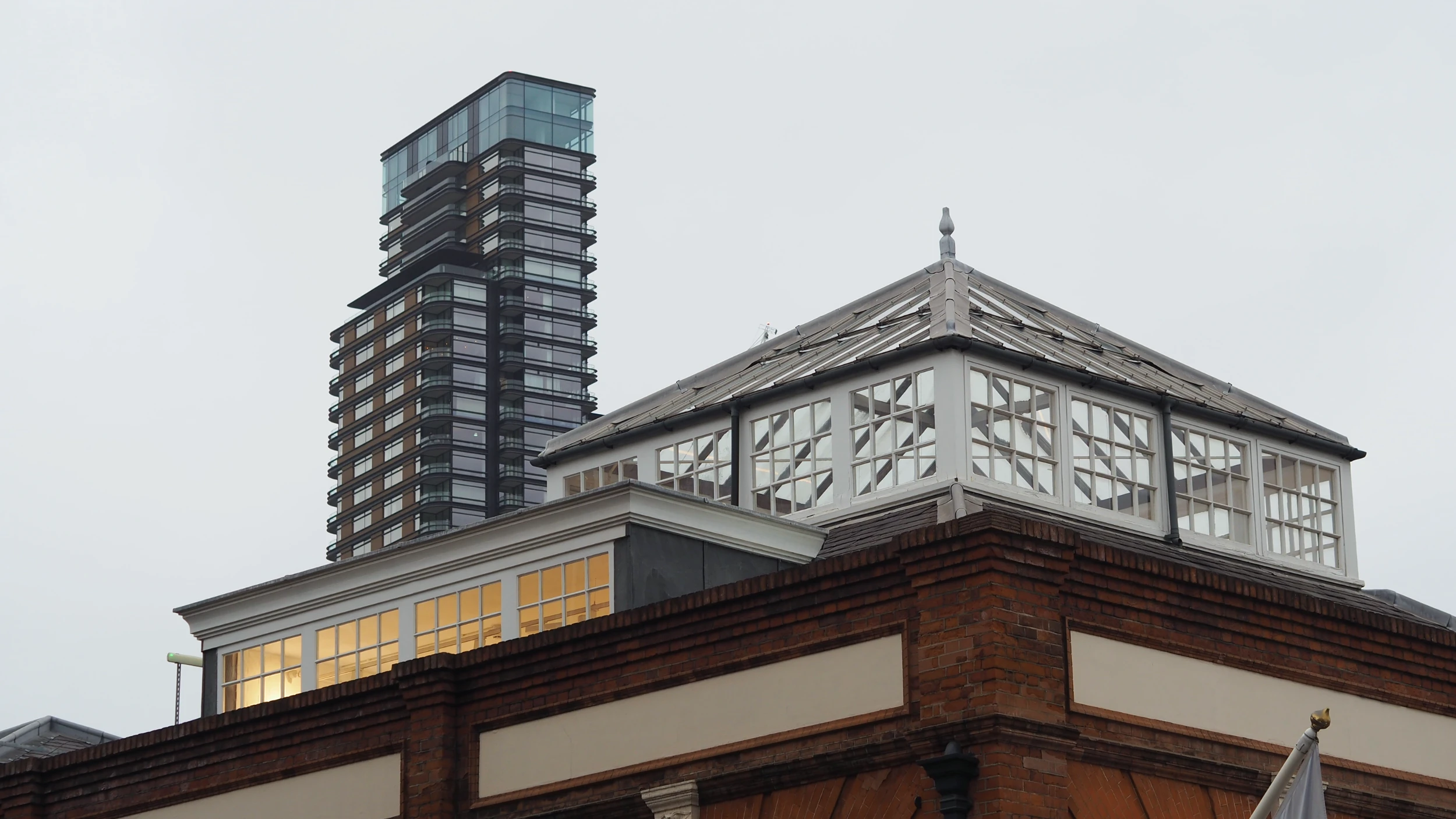
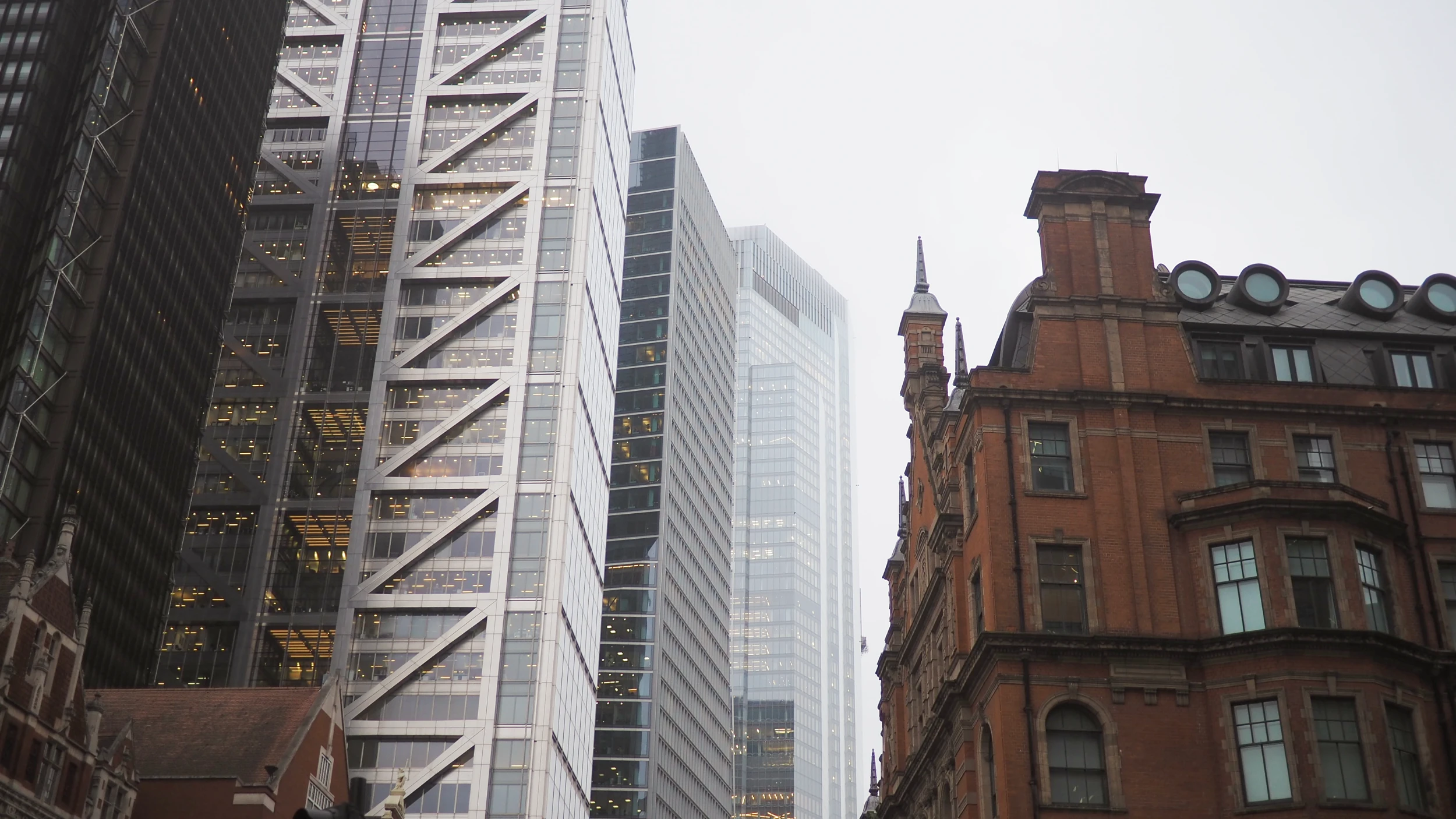
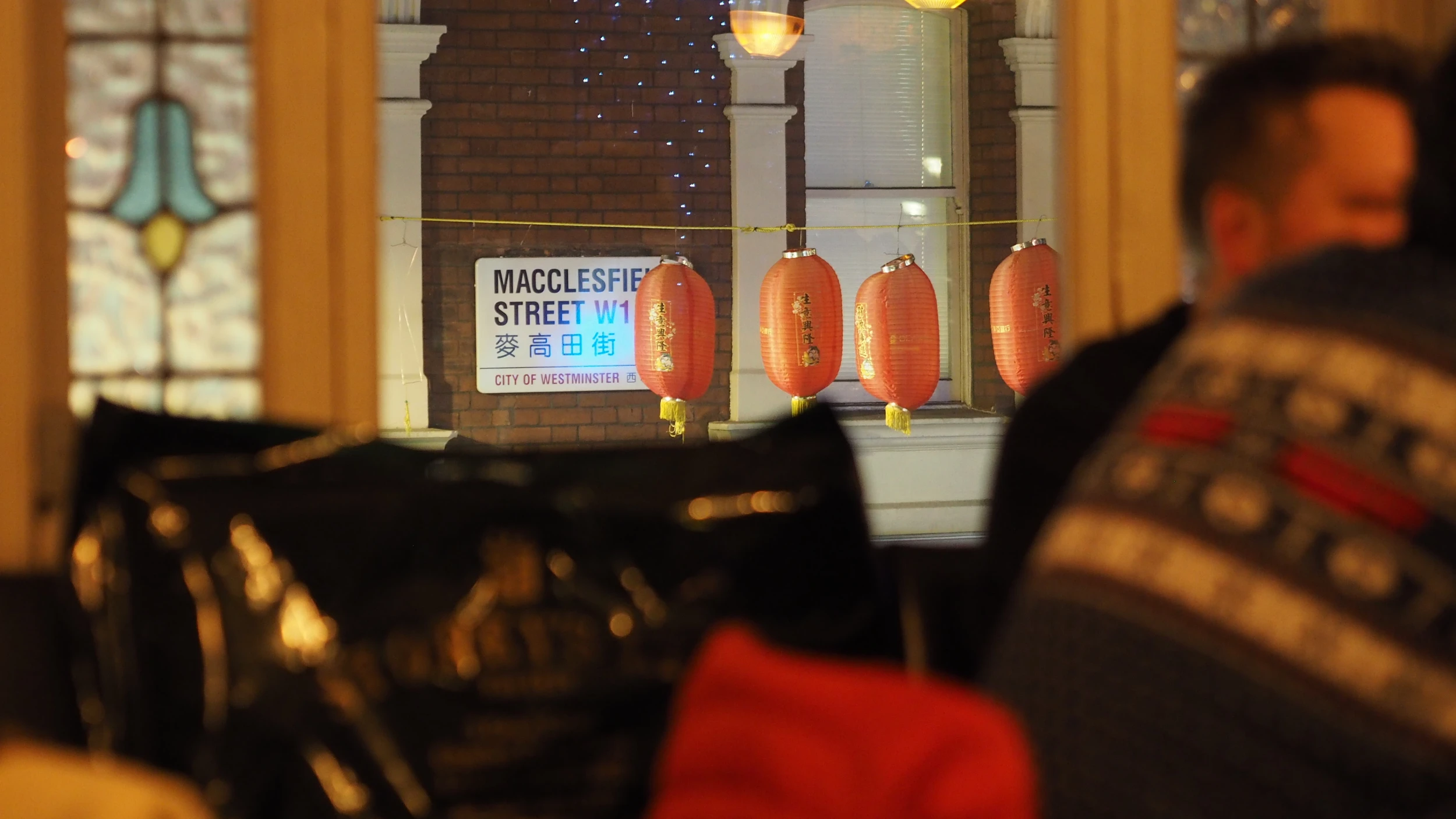
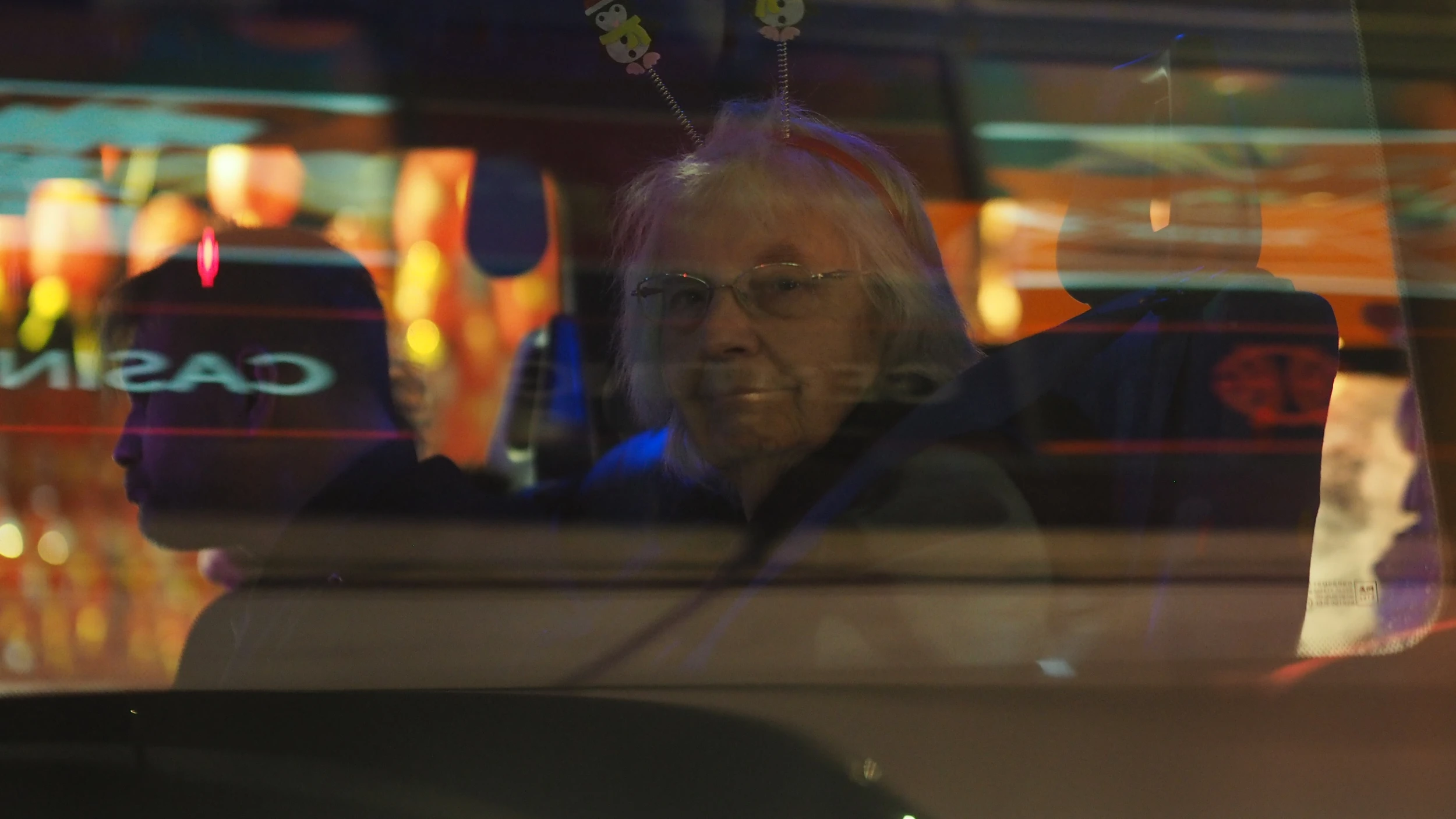
— Beigel Bake on Brick Lane is an institution. During the day, you’ll meet office workers and tourists looking for their lunch. In the evenings, it’s boozed-up pub crawlers curbing their hangovers and peckish cab drivers at night or hip youth that just fell out of the nearest club. If you’re looking for a sample of Londoners, look no further than Beigel Bake.
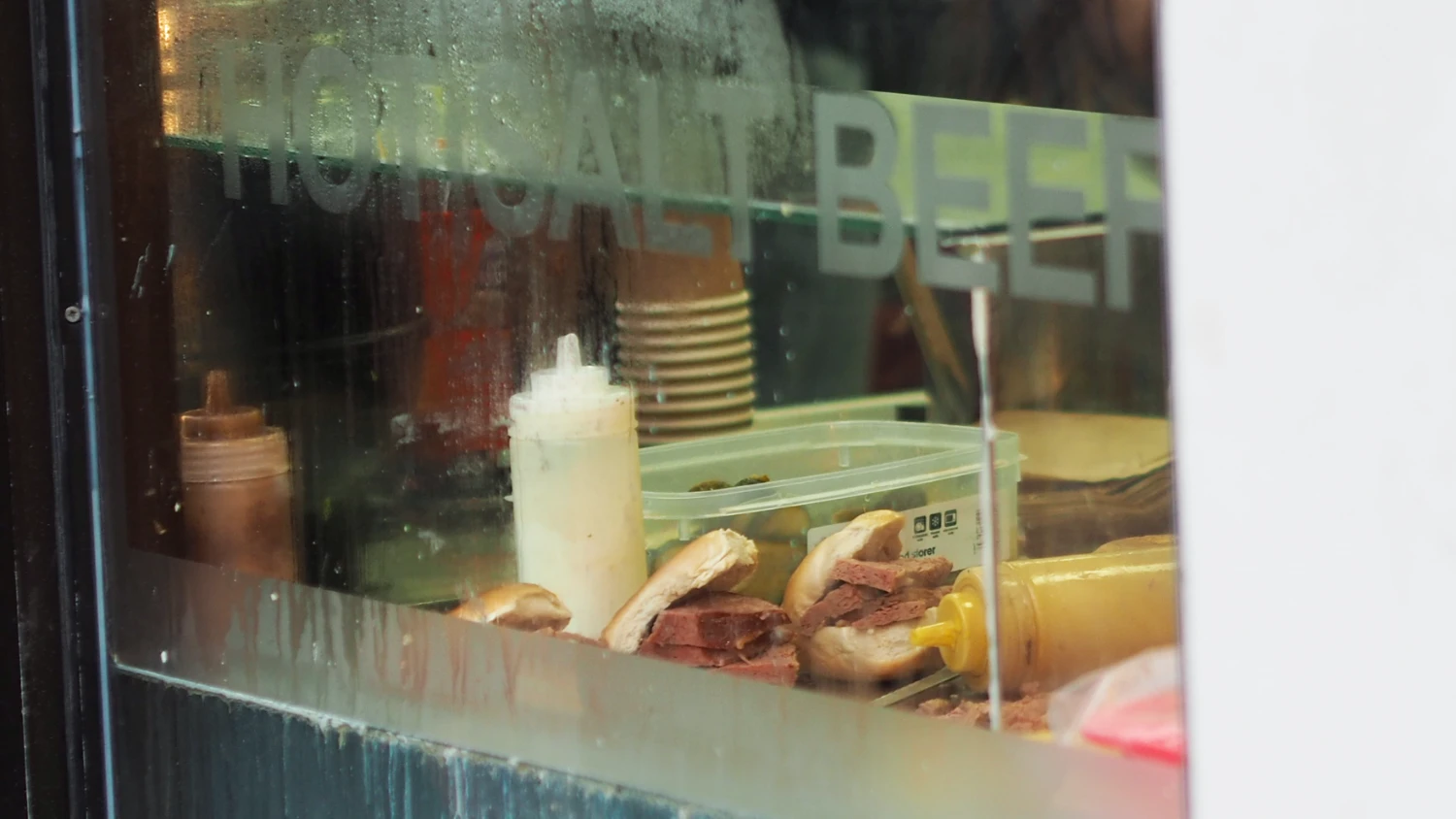
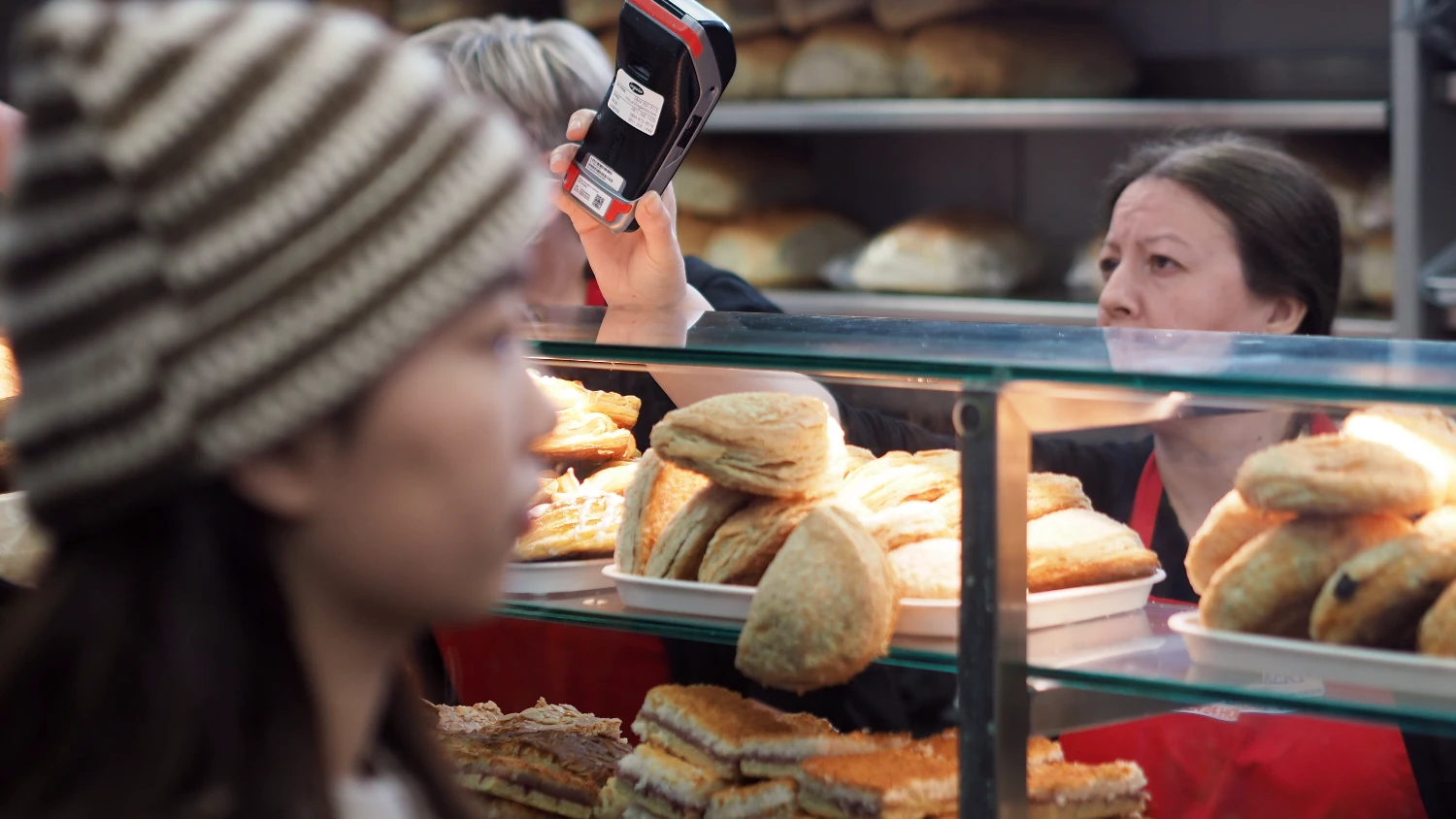
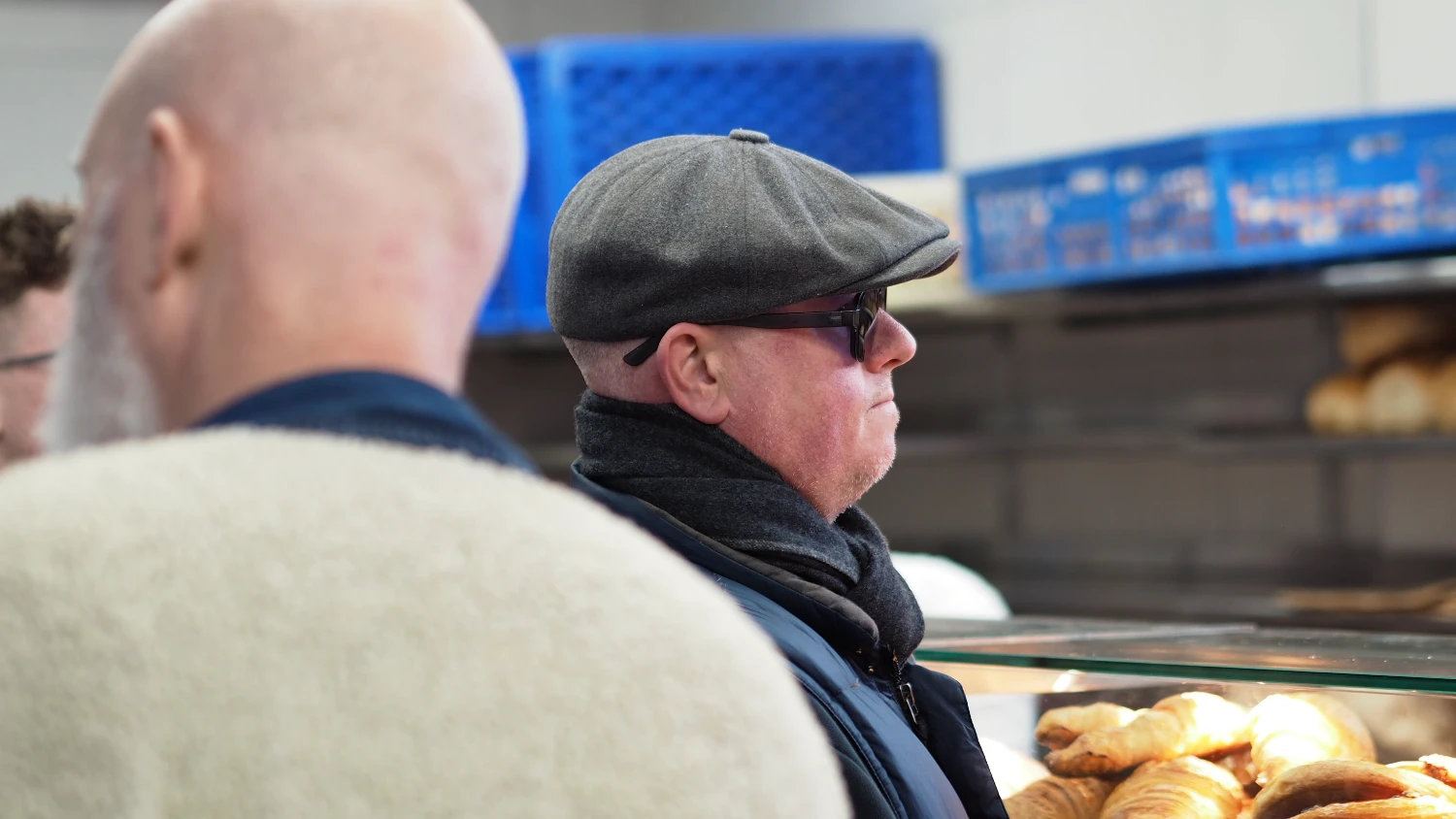
Their bagels bring people together; everyone I know has been there. The bad reviews on Yelp are usually from tourists from New York or people who have lived there. Beigel Bake makes the chewy polish-style beigels, not the soft bagels with the big hole you might know from New York.

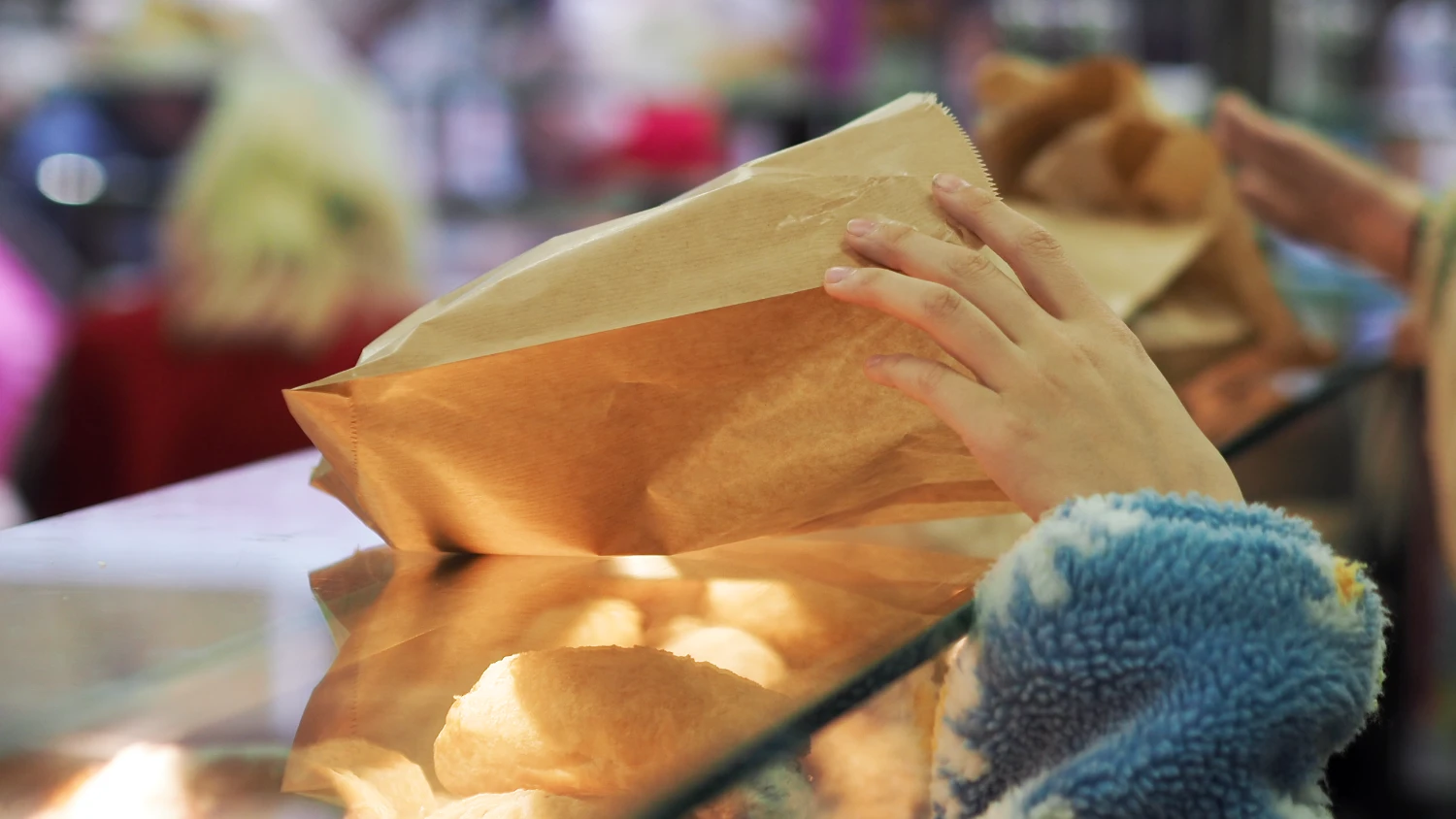
Line up in an orderly queue, shout your order across the counter, pay, pick up your food and leave. This place is too busy to exchange fleeting niceties or discuss the weather, at least most of the day. Get them with salt beef and pickle, cream cheese and salmon, or Nutella if you must. I’ve been coming here for years and never left disappointed.
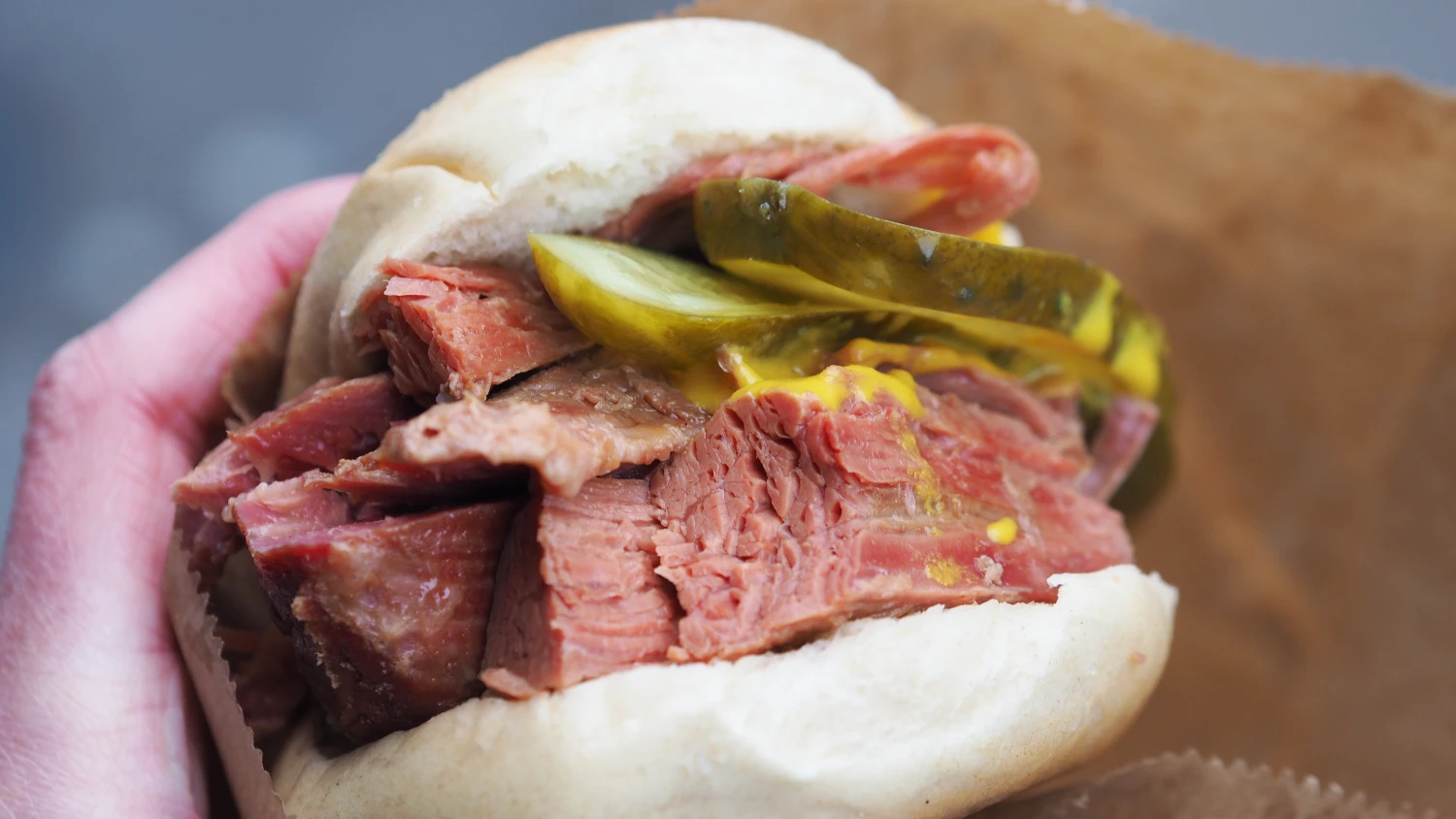
— The conditions couldn’t have been any better when we were approaching London last week: A window seat, clear skies, even snow.


You get the best view of the city from a plane approaching Heathrow. Unfortunately, pictures taken with a phone, while moving, and far away from the object, turn out poorly.
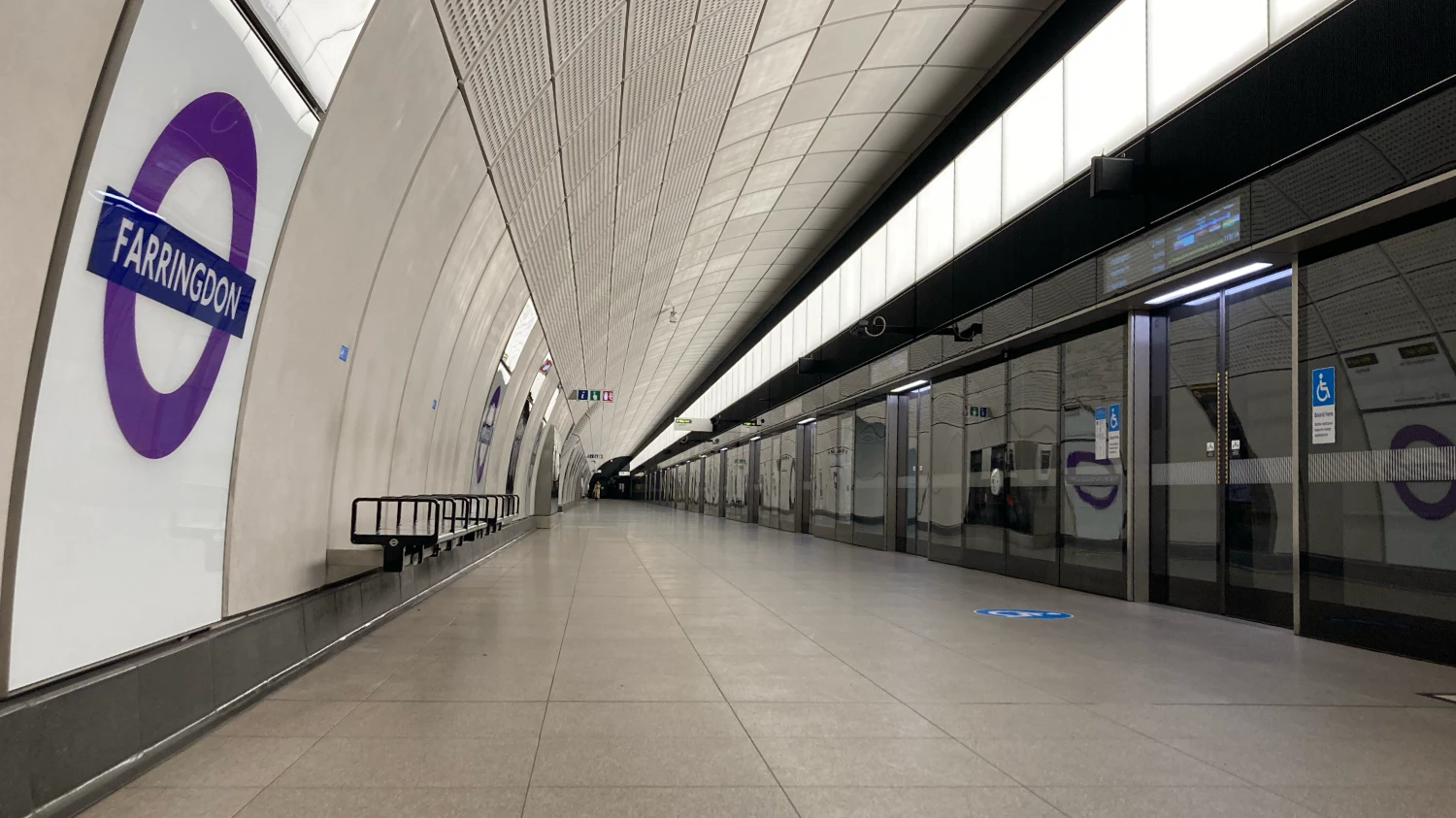
— SINGAPORE CHANGI – It’s 5 AM in Singapore. I’m sitting in an air-conditioned airport lounge, yet I can feel the humid, muggy heat outside. I’ll be boarding a plane to London in a few hours whereI lived for several years. I’m going home, even though I didn’t grow up there.
It might be the lack of sleep but, strangely, all I can think of is the food I want to eat to make the most of my two weeks in the big city:
For me, being “home” manifests mainly through food. It’s the same when I return to Germany, where, when I visit, many activities centre around consuming pork in various ways.
I’ll probably gain a few pounds in London, but that’s ok since I mostly live off smashed avo on toast in Australia.
— In the 1960s, urban planners drew up plans to build an elevated ring road through inner London, potentially displacing a large population of poorer people. Luckily the plans were scrapped, and the road was never built. It’s hard to imagine today how the highway would have changed London.
Ring road or not, poorer residents were eventually priced out. The areas in the way of the road, including “Earl’s Court, Clapham Junction, Brixton, Blackheath, Hackney Wick, Dalston, Camden, and Kilburn,” are highly sought-after neighbourhoods to live in London today.
— I love these black-and-white photos from London. The whole of aegir’s blog is a thing of beauty; each post has a different header graphic and colour scheme. (via ooh.directory newsletter)
— Shaun Ganley recorded the approach to New York’s LaGuardia Airport, arguably the best view over the City. You get to experience the size of New York, how the architecture changes, and how the different parts connect. It’s like a vast, real-life map.
Getting a view of my destination while approaching the airport is one of my favourite things about flying. Approaching London Heathrow, you get an excellent view of the city on most days; if you have a window seat on the right-hand side of the plane and if the weather plays its part.
— Per freedom-of-information request, the most popular journeys on the London tube.
— Some appropriate descriptions of West-London stations on the new Elizabeth Line:
— Hoodmaps classifies neighbourhoods in cities worldwide according to their vibe. In London, the map shows people in Sydenham are rich, and hip in Selhurst. Whoever provided the data has clearly never been to South London.
— Public-transport stations worldwide play music to discourage loitering and anti-social behaviour and deter crime inside stations.
At Parliament Station in Melbourne, it might be Fleetwood Mac if you’re lucky, but it’s mindless pop music on most days. They should be playing funk. At Penn Station in New York, it’s classical music; same as at Euston Square Station and 64 other stations in London, and it had an effect on crime rates:
Initially set up in 2007, the initiative proved successful, within 18 months, robberies dropped by 33 percent, assaults on staff were down 25 percent and vandalism by 37 percent.